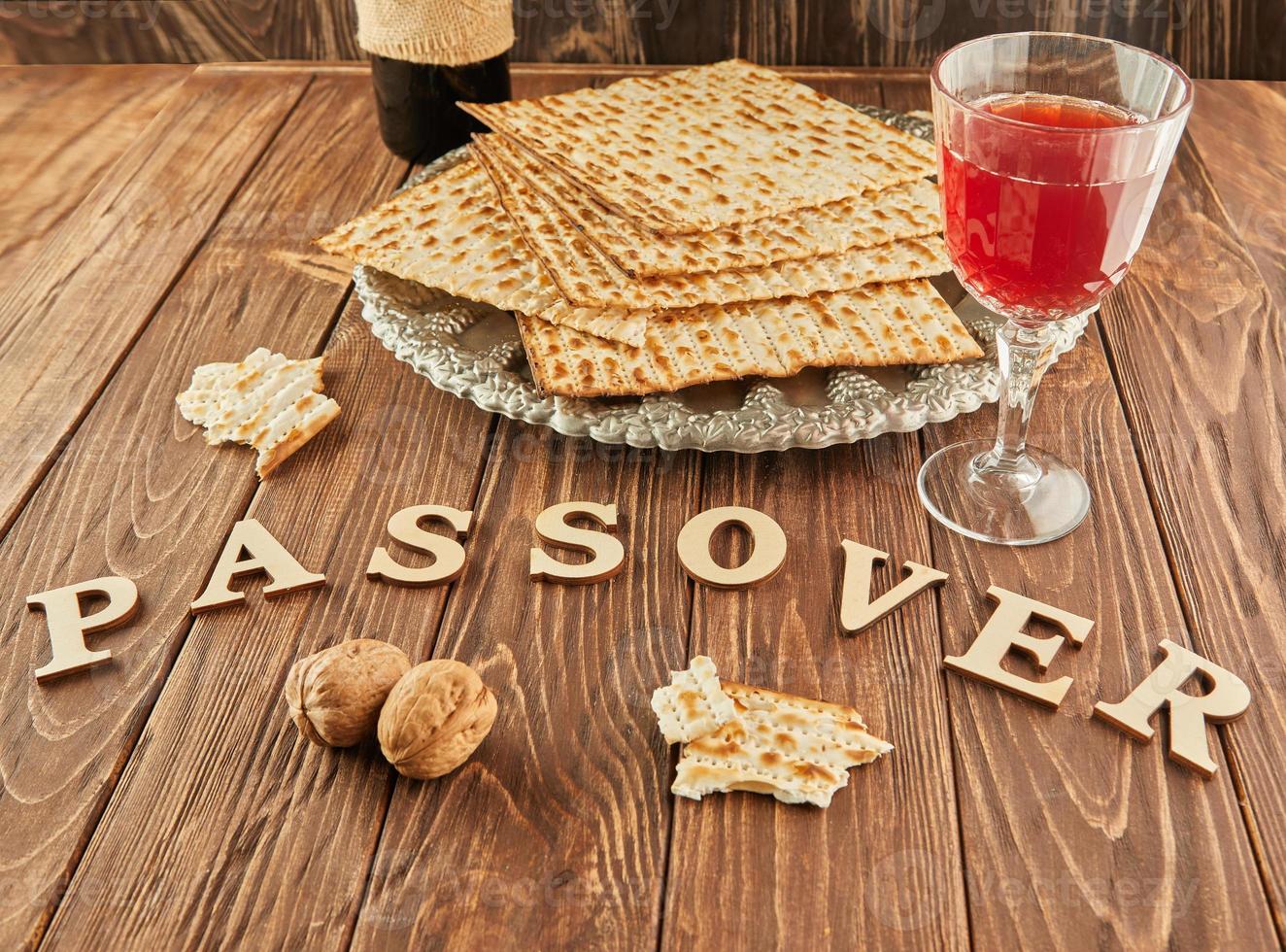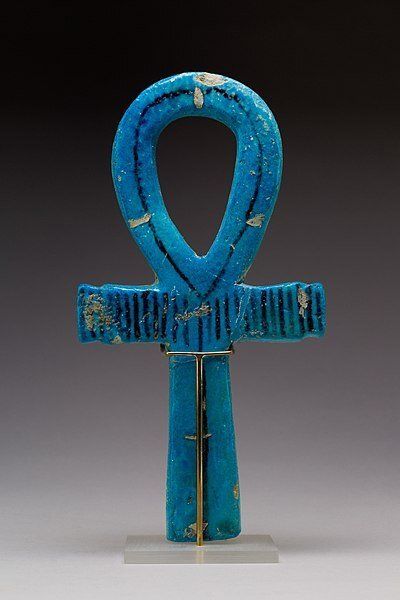Tonight Jews celebrate Shavuos, what might be the most important holiday of the year. So why haven't you heard of it?
I'm not going to answer that question, but I am going to tell you a story.https://t.co/8D11bHxiQB#ethics #moralcompass #wisdom #shavuos #jewish #mindset pic.twitter.com/HFBwjehEld
— Yonason Goldson (@yonasongoldson) June 11, 2024
Introduction to the Most Important Jewish Festival
Exploring the essence of the most important Jewish festival offers a profound insight into the rich cultural tapestry of the Jewish community. Rooted in centuries-old traditions, this festival is a significant occasion that holds immense spiritual and historical value. It is a time of reflection, celebration, and unity for Jewish people around the world.
Historical Origins
The festival’s origins date back to ancient times, commemorating pivotal events in Jewish history that shaped the community’s identity. What makes this festival truly unique is its ability to bridge the past with the present.
Symbolism and Rituals
The festival is marked by symbolic rituals and customs that reflect the values and beliefs of the Jewish faith. From the lighting of candles to the recitation of prayers, each tradition carries deep meaning and significance for participants.
- Symbolic foods and traditional dishes are prepared with care and shared among family and friends.
- Community gatherings and prayer services foster a sense of unity and connection among worshippers.

Historical Background and Origins
Exploring the historical background and origins of the most important Jewish festival sheds light on its deep-rooted significance in Jewish culture and tradition. Dating back centuries, this festival holds a special place in the hearts of Jewish communities worldwide.
Ancient Roots
The roots of the festival can be traced back to ancient times, with origins steeped in religious and agricultural practices. Passover Haggadah containing the story of the festival.
Evolution Over Time
Throughout history, the festival has evolved, adapting to different cultural influences and historical contexts. Key historical figures have contributed to shaping the festival into what it is today.
- Significance in Different Eras
- Global Spread

Significance and Importance in Jewish Culture
The most important Jewish festival holds immense significance in Jewish culture, reflecting on their history, beliefs, and traditions. It serves as a time of remembrance, celebration, and unity among the Jewish community worldwide.
Historical Roots
The festival’s roots trace back to ancient times, preserving the Jewish people’s liberation from slavery in Egypt and their journey to the promised land. It symbolizes freedom, faith, and resilience.
Cultural Traditions
During this festival, Jewish families come together to observe customs such as special prayers, festive meals, and the lighting of candles. The traditions passed down through generations strengthen the bond within families and the community.
- Kiddush: A special blessing recited over wine.
- Matzah: Unleavened bread symbolizing their ancestors’ hasty departure from Egypt.
- Seder Plate: A plate with symbolic foods representing different elements of the Passover story.
Celebrations and Traditions Associated with the Festival
The most important Jewish festival, Rosh Hashanah, marks the Jewish New Year and is a time of reflection and repentance. Families gather for festive meals where traditional foods like apples dipped in honey symbolize hopes for a sweet year ahead. The blowing of the shofar (a ram’s horn) is a key element of the holiday, calling the faithful to introspection and renewal.
Religious Observances
During Rosh Hashanah, special prayers are recited in synagogues, including the blowing of the shofar, a ram’s horn. It is customary to greet one another with “L’shanah tovah,” meaning “for a good year.” The Ten Days of Repentance, starting with Rosh Hashanah and ending with Yom Kippur, are a time for introspection and seeking forgiveness.
Cultural Customs
Many families partake in Tashlich, a ceremony where sins are symbolically cast into flowing water, representing renewal and spiritual cleansing. Pomegranates, filled with sweet seeds, are eaten, symbolizing a year of prosperity and blessings as numerous as the seeds. Children often enjoy making decorative cards or crafts to share with loved ones.
Symbolism and Rituals During the Festival
During the Festival, various symbols and rituals play a significant role in religious observances and cultural traditions. One of the most iconic symbols is the Menorah, a candelabra with nine branches, used to commemorate the miracle of the oil lasting eight days in the Jewish Temple. Each night, a candle is lit, representing the passing of time and the light overcoming darkness.
Lighting of the Menorah
The lighting of the Menorah holds profound symbolism, with each candle representing different aspects of faith, hope, and unity. The central candle, known as the Shamash, is used to light the other candles, symbolizing leadership and guidance.
The flickering flames of the candles symbolize the enduring spirit of the Jewish people and the triumph of good over evil. Families gather together to recite blessings and sing traditional songs, fostering a sense of community and connection.
Symbols on the Dreidel
The Dreidel, a four-sided spinning top, is a common symbol associated with the Festival. Each side bears a Hebrew letter – “Nun”, “Gimel”, “Hey”, “Shin”, forming the acronym for “Nes Gadol Haya Sham,” meaning “a great miracle happened there.” The game played with the Dreidel adds an element of fun and excitement to the festivities.
Children often enjoy spinning the Dreidel and eagerly anticipate the outcome, which reflects the element of chance in life and the miracles that can occur unexpectedly.
Modern-Day Observance and Relevance
The celebration and relevance of the most important Jewish festival have evolved over time with modern-day observance reflecting a blend of traditional customs and contemporary practices. In the current year, the festival holds immense significance within the Jewish community as it continues to be a time for spiritual reflection, family gatherings, and communal unity.
Contemporary Practices
Modern-day observance of the festival often includes innovative ways of engaging with the community such as virtual events, online education programs, and social media campaigns to spread awareness. This dynamic approach ensures that the festival remains relevant and accessible to individuals of all ages and backgrounds.
Relevance in Today’s Society
The festival’s core values of gratitude, renewal, and unity hold profound meaning in today’s fast-paced and interconnected world. Its message of peace and introspection resonates deeply with individuals seeking spiritual fulfillment and a sense of belonging.
Incorporating these timeless principles into modern life can foster a greater understanding of cultural heritage and promote harmony among diverse communities.
Frequently Asked Questions
- What is the most important Jewish festival?
- The most important Jewish festival is typically considered to be Yom Kippur, also known as the Day of Atonement.
- What is the significance of Yom Kippur?
- Yom Kippur holds great significance in Judaism as it is a day for repentance, reflection, and atonement for sins committed throughout the year.
- How is Yom Kippur observed?
- Yom Kippur is observed through fasting, prayer, and seeking forgiveness from both fellow humans and God. It is a solemn and introspective day for the Jewish community.
- Why is Yom Kippur considered the holiest day in the Jewish calendar?
- Yom Kippur is considered the holiest day in the Jewish calendar because it is a time for spiritual purification, reconciliation, and seeking forgiveness, both from others and from God.
- What traditions are associated with Yom Kippur?
- Traditional practices on Yom Kippur include attending synagogue services, refraining from work, fasting for a full day, and seeking forgiveness from those who may have been wronged.
Unlocking the Richness of the Most Important Jewish Festival
Exploring the significance of the most important Jewish festival has been a rewarding journey into the heart of Jewish tradition and faith. By delving into the intricate rituals and profound meanings behind this festival, we have gained a deeper understanding of its cultural, historical, and spiritual importance. Through this exploration, we have uncovered how this festival serves as a powerful symbol of unity, remembrance, and renewal for the Jewish community worldwide. As we conclude our investigation, we are left with a heightened appreciation for the rich tapestry of traditions that define this festival and the enduring legacy it continues to uphold.
